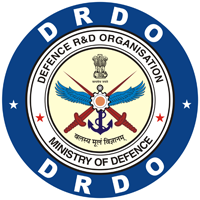Ranking of The Colleges in India
A Study of The Elite Club
DOI:
https://doi.org/10.14429/djlit.20248Keywords:
Ranking, NIRF ranking, Rank consistency, Efficiency analysis, Kendall’s tau, Data efficiencyAbstract
The National Institutional Ranking Framework (NIRF) comes out with rankings of top degree colleges of countries on the basis of certain broad parameters. A lot of uproar surrounds this ranking. Here we attempt at to look into this ranking though a critical lens. From the aggregative analysis we see that all the broad parameters - ‘Teaching, Learning & Resources’, ‘Research and Professional Practice’, ‘Graduation Outcomes’, ‘Outreach and Inclusivity’ and ‘Perception’ have some positive influence on overall rank at 5 % level of significance. The present study also digs deep into these parameters and segregates the sub-parameters as per the production technology perspective. In fact, the distinct segmentation of the sub-parameters into inputs and outputs allows us to conduct data envelopment analysis for preparing the ranks for the colleges. The ranks that we find through this approach show some divergence from the NIRF ranks. Some move up the ladder while some falter down. From the resource generation standpoint, the results also show scope for improvements. The study shows that about 40 % of the top 100 colleges in the country are operating less than efficiently. However, this study only includes the elite 100 colleges in India and examines the resource conversion gap.
Downloads
Published
How to Cite
Issue
Section
License
Copyright (c) 2025 Defence Scientific Information & Documentation Centre (DESIDOC)Except where otherwise noted, the Articles on this site are licensed under Creative Commons License: CC Attribution-Noncommercial-No Derivative Works 2.5 India




